It’s often the perfect tool for the job.

The technique of resawing refers to slicing wood across its widest dimension. It’s basically a form of slabbing done to make thin stock from thick stock. It’s also used to create book-matched figure, where resawn pieces are edge-joined to create a mirrored pattern for use as a door panel, box lid, or tray bottom.
Resawing is usually done on the bandsaw, which is good at slicing wide boards, and in one pass. Plus, the thin blade on a bandsaw makes a narrower kerf, reducing waste and increasing yield. That said, resawing on a bandsaw can be fussy, and depends on a sharp blade, well adjusted guides, and a meticulous fence setup. On the other hand, resawing on the tablesaw is fairly straightforward. Although making deep cuts like this with the stock on edge can feel like a dicey operation, it’s not dangerous with the proper saw setup. And, by cutting in from both edges of a board, you can effectively double the cutting depth of the blade, allowing a typical 10" tablesaw to resaw stock up to 6" wide.
5 keys to safe, successful resawing
This story is from the October-November 2016 edition of Woodcraft Magazine.
Start your 7-day Magzter GOLD free trial to access thousands of curated premium stories, and 8,500+ magazines and newspapers.
Already a subscriber ? Sign In
This story is from the October-November 2016 edition of Woodcraft Magazine.
Start your 7-day Magzter GOLD free trial to access thousands of curated premium stories, and 8,500+ magazines and newspapers.
Already a subscriber? Sign In
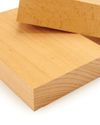
Beech
Plain looks, but a solid performer
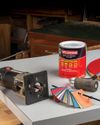
Working with PLASTIC LAMINATE
Adding a durable, smooth, and colorful surface to your work
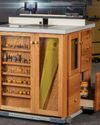
High-Tech ROUTER TABLE
A state-of-the-art shop essential

Albers-Inspired NESTING TABLES
A colorful array of Bauhaus utility

Desktop ORGANIZERS
Mini modules for your modern workspace

Joiner's MALLET
A hard-hitting shop hammer
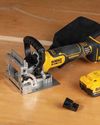
Battery-backed biscuiting
DeWalt 20V Max XR Biscuit Joiner
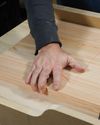
Crosscut SLED
A basic build of a crucial table saw accessory
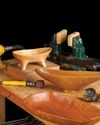
Power-carving BOWLS
Tools and techniques for sculpting

Library STEPS
Mitered box joints give rise to an updated classic